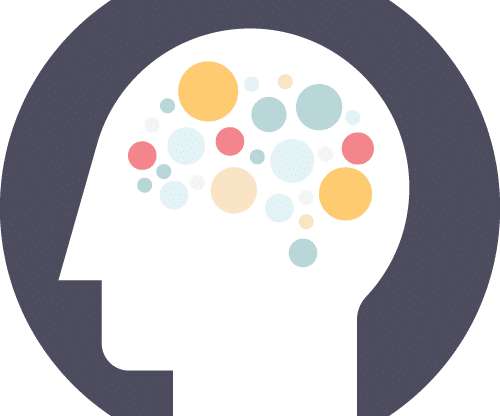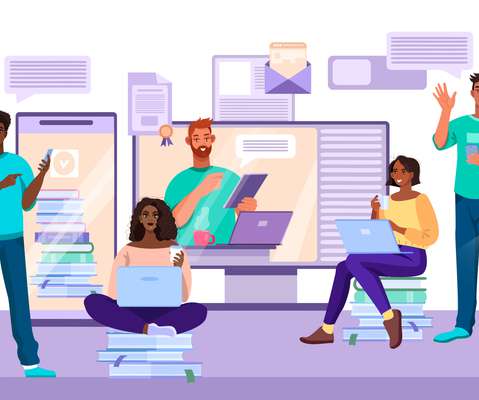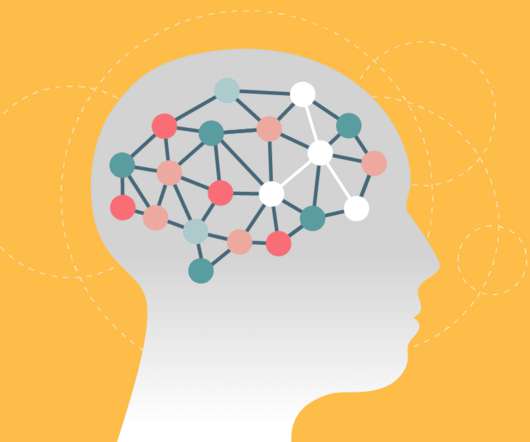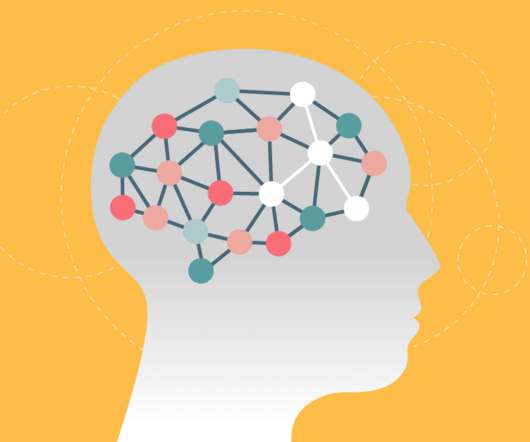Classic Learning Research in Practice – Sensory Channels – Keep the Learners Attention
Adobe Captivate
APRIL 10, 2018
Once the learner feels connected , we need to maintain his attention and avoid multitasking. Perception starts at the sensory input, in the bottom-up processing approach (Gibson’s Theory). When a learner multitasks, he sets one task to active while all others are placed on hold. It is your brain that sees and hears.





















Let's personalize your content